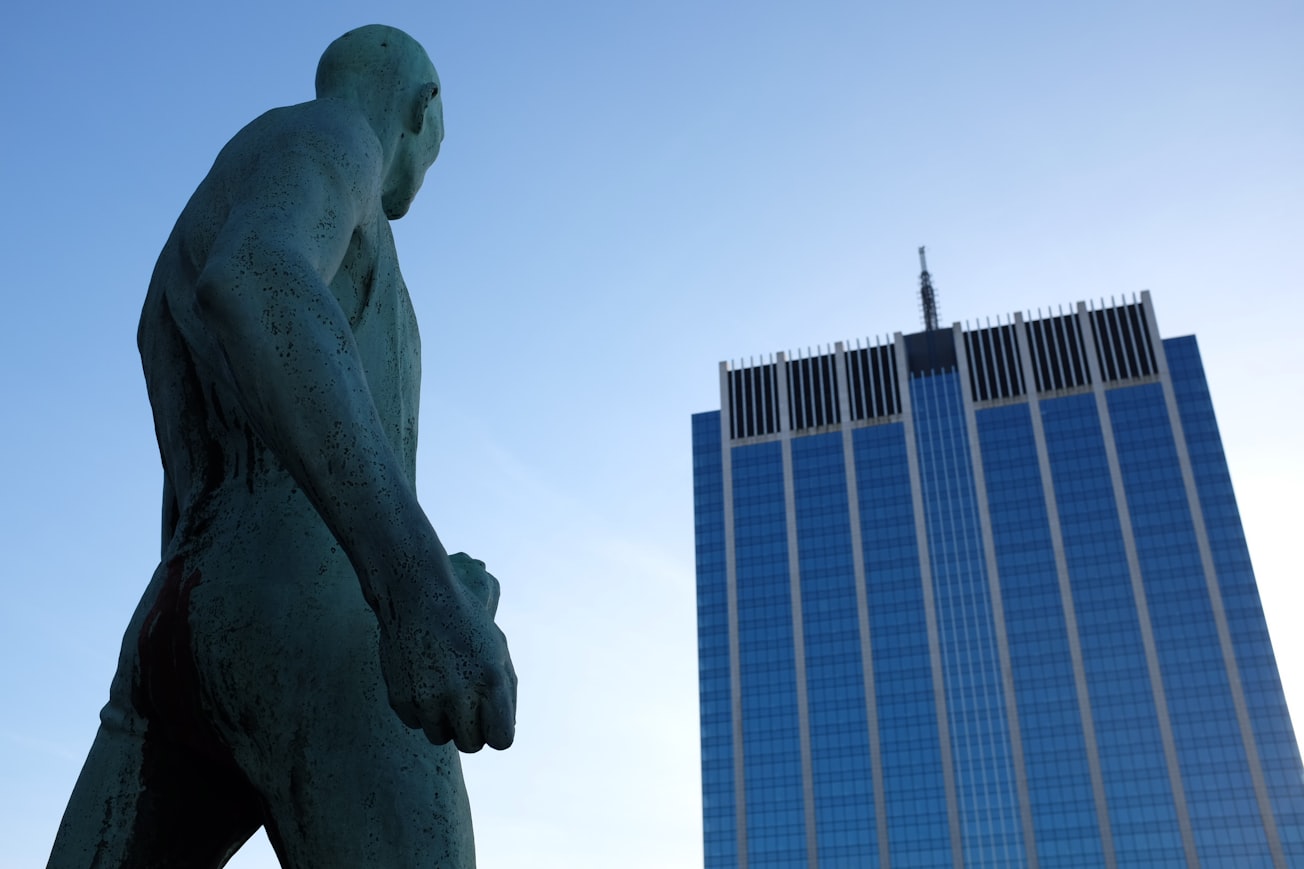What is it about?
Through the lens of semiotic landscapes, I analyse here collective memory formation in the Baltic republic of Lithuania. A theoretical focus on power relation in “monumental politics”, the concept of memoryscape (Clack, 2011), Van Gennep’s 2004 sociological application of liminality, and a methodological approach that “treats space as a discursive as well as physical formation” (Jaworski & Thurlow, 2010) are combined to examine the process of monument destruction, creation, and alteration in post-Soviet Vilnius. I argue that cultural landscapes represent not only relationships of power within societies but are also used as a tool of nation-building and power legitimation. I highlight a fourfold process: (1) razing – monumental landscape cleansing; (2) raising – the return of memory via the creation of national historical continuity symbols and of new lieux de mémoire (Nora, 1996) and the memorization complex (Train, 2016); (3) polyphonic memorial narratives of empty spaces; and (4) the memory limbo helix or recursive memories.
Featured Image

Photo by Pierrick Le Cunff on Unsplash
Why is it important?
The article is attempts to demonstrate how memory politics has been translated into the linguistic landscape of a post-Soviet city of Vilnius. It draws on longitudinal data and evokes important theoretical thinking from various disciplines. It brings together two interdisciplinary areas around cultural landscape (drawing on the work of Mariusz Czepczyński) and to Linguistic Landscape (LL) researchers, semiotic landscapes (Jaworski & Thurlow, 2010). The article further incorporates the sociological concept of liminality (from Van Gennep, 2004) to create a methodological-theoretical frame to illustrate that every cultural landscape is in a sense a discursive historical landscape, which reflects memories facilitated and manipulated by authorities, as a consequence of a representational system used as a nation building tool in an attempted power legalisation.
Read the Original
This page is a summary of: Vilnius memoryscape, Linguistic Landscape An international journal, November 2019, John Benjamins,
DOI: 10.1075/ll.18022.moo.
You can read the full text:
Contributors
The following have contributed to this page










